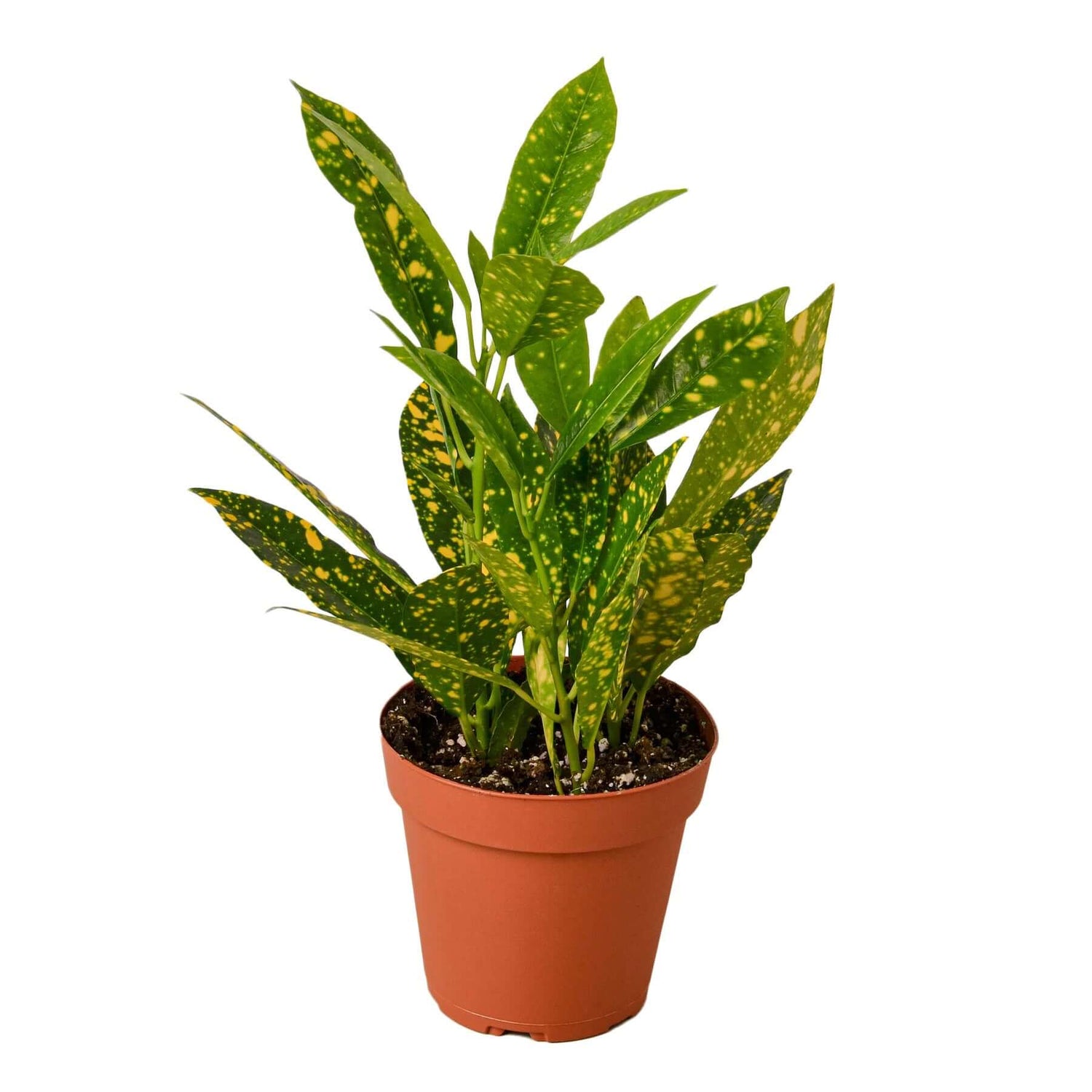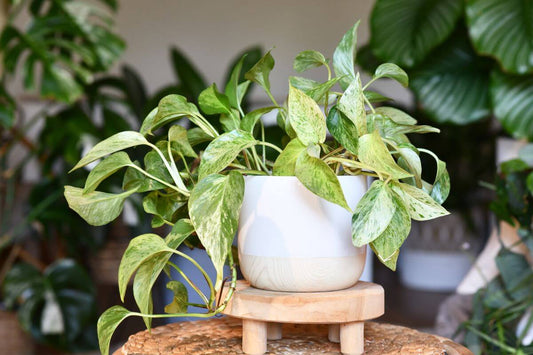Welcome to 'All About Planties'! 🌿 The Money Tree, also known as Pachira aquatica, is a popular houseplant known for its braided trunk and lush, green foliage. It's not only admired for its beauty but also cherished for its symbolism of good luck and prosperity. Let's delve into the characteristics, care tips, and benefits of the Money Tree.
Meet the Money Tree (Pachira aquatica)
Description: The Money Tree is characterized by its braided trunk, which is often created by intertwining the stems of young plants. Its large, glossy leaves are divided into five leaflets, symbolizing the elements of Feng Shui: wood, water, fire, metal, and earth.
Origins: Native to Central and South America, the Money Tree thrives in tropical wetlands. It has adapted well to indoor environments, making it a favorite among houseplant enthusiasts.
Benefits of the Money Tree
-
Symbolism of Good Luck: The Money Tree is often associated with bringing good luck, wealth, and prosperity. It's a popular gift for new businesses, homes, and special occasions.
-
Air Purification: Like many houseplants, the Money Tree helps purify the air by removing toxins and improving indoor air quality.
-
Aesthetic Appeal: With its distinctive braided trunk and lush foliage, the Money Tree adds a touch of elegance and natural beauty to any room.
How to Care for Your Money Tree
Light: Money Trees thrive in bright, indirect light. They can tolerate low light conditions but will grow more slowly. Avoid direct sunlight, which can scorch the leaves.
Water: Water your Money Tree when the top inch of soil feels dry. Ensure the pot has good drainage to prevent root rot. Water less frequently during the winter months.
Humidity: Money Trees prefer high humidity but can adapt to average indoor humidity levels. To increase humidity, mist the leaves regularly or place a humidifier nearby.
Temperature: Ideal temperatures range from 65-80°F (18-27°C). Keep your Money Tree away from cold drafts and sudden temperature changes.
Soil: Use a well-draining potting mix. A blend of peat moss, perlite, and sand works well for Money Trees.
Fertilization: Feed your Money Tree with a balanced, water-soluble fertilizer every 4-6 weeks during the growing season (spring and summer). Reduce feeding during the fall and winter months.
Pruning: Prune your Money Tree to maintain its shape and encourage new growth. Remove any dead or yellowing leaves and trim back leggy stems.

Propagating Money Trees
Money Trees can be propagated from cuttings, allowing you to expand your collection or share with friends.
Steps for Propagation:
- Take Cuttings: Cut a healthy stem with at least two leaf nodes.
- Root in Water or Soil: Place the cutting in water or directly into moist soil. If using water, wait until roots develop before transplanting into soil.
- Transplant: Once roots are established, plant the cutting in a pot with well-draining soil.
FAQs on Money Trees
Q: Why are the leaves of my Money Tree turning yellow? A: Yellow leaves can indicate overwatering, poor drainage, or low humidity. Adjust your watering schedule and ensure the plant has good drainage.
Q: Can I keep my Money Tree outside? A: Money Trees can be kept outside in warm, tropical climates. If you live in a cooler area, keep the plant indoors or bring it inside during the colder months.
Q: How often should I repot my Money Tree? A: Repot your Money Tree every 2-3 years or when it outgrows its current pot. Choose a pot that is one size larger and ensure it has good drainage.
Final Thoughts
The Money Tree is a versatile, low-maintenance plant that can enhance any indoor space with its beauty and positive symbolism. By following these care tips, you can enjoy a thriving Money Tree in your home. For more plant care tips and a wide selection of indoor plants, visit our shop and join our community at 'All About Planties'.
Happy planting! 🌱
Related Products
- Top 10 Low Maintenance Houseplants for Busy People
- All About Nutrient Deficiencies in Plants
- All About Lava Rocks for Houseplants













